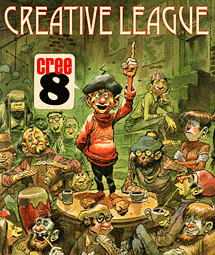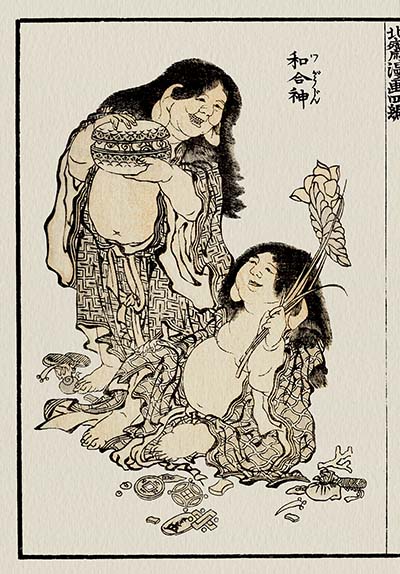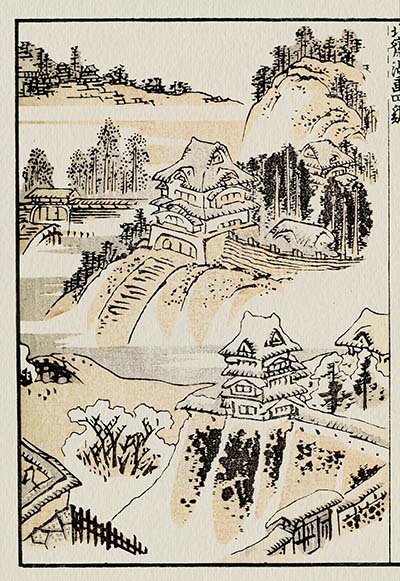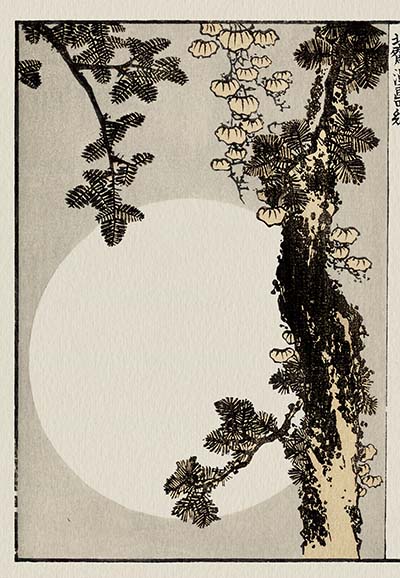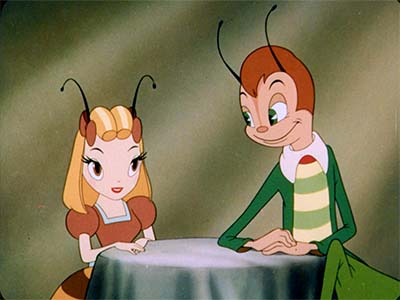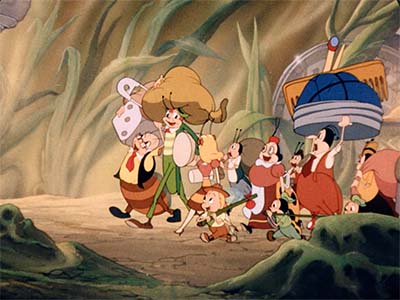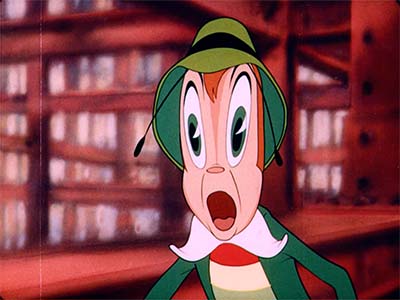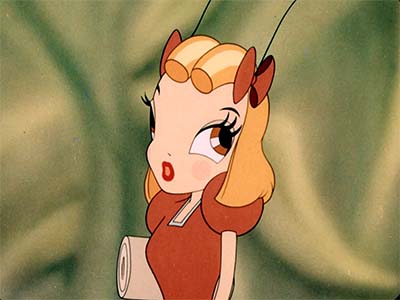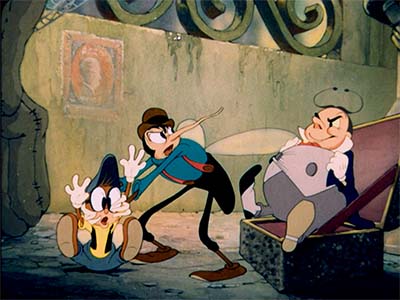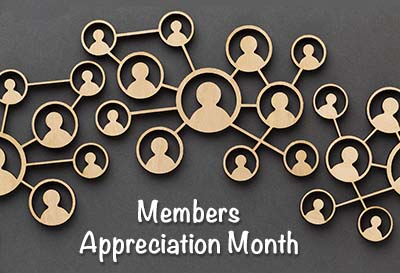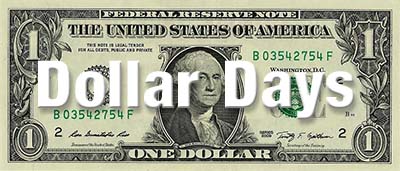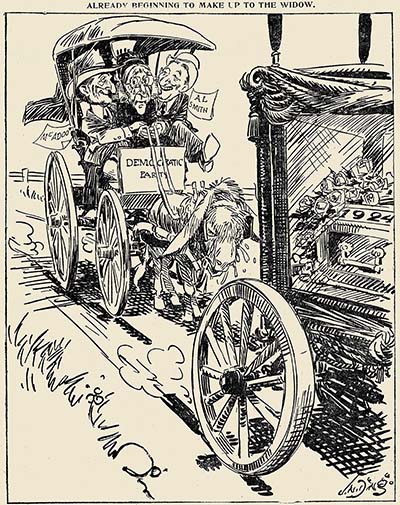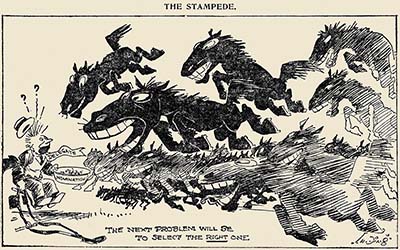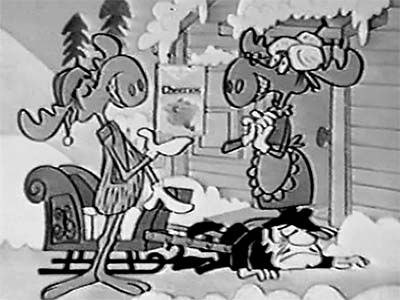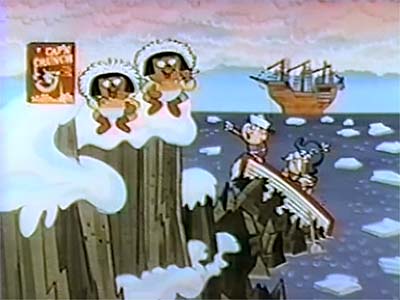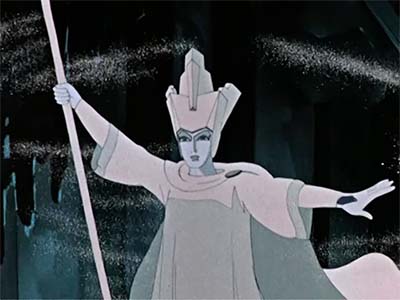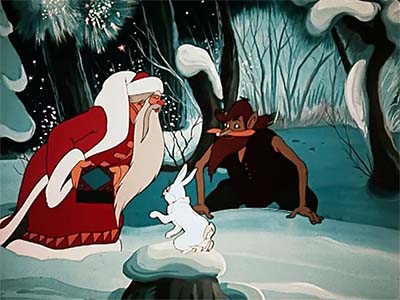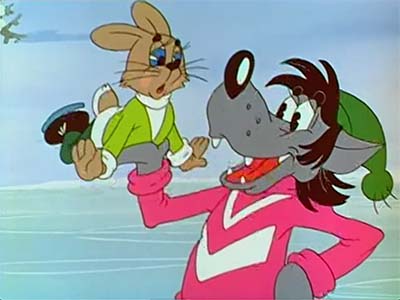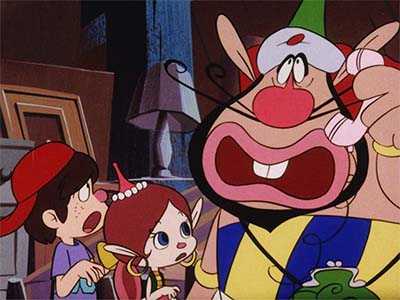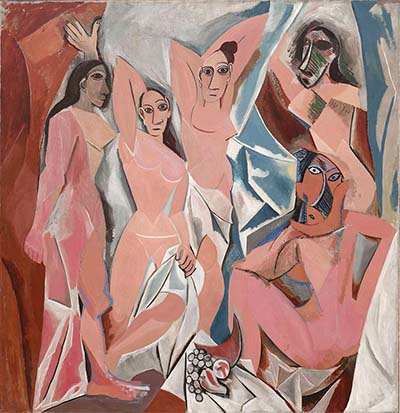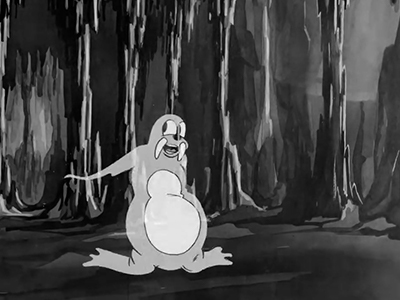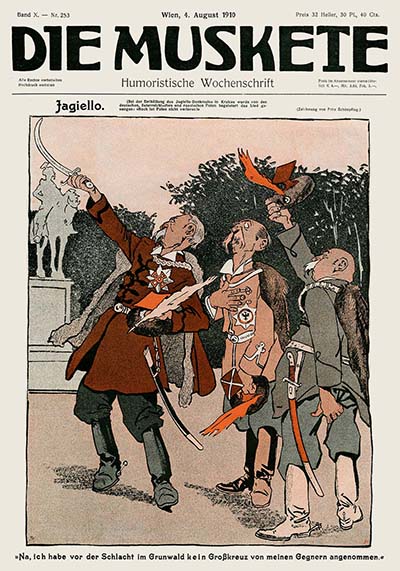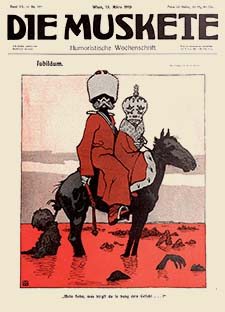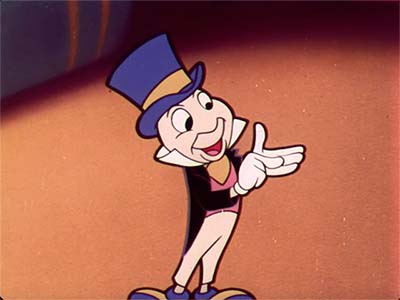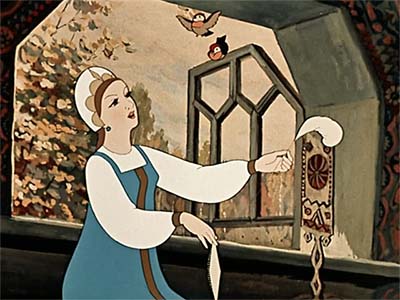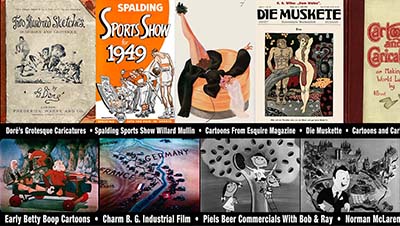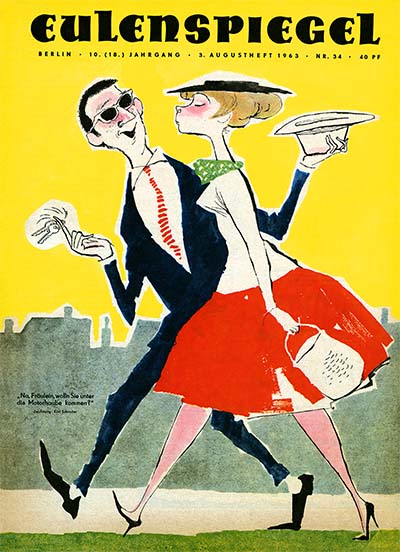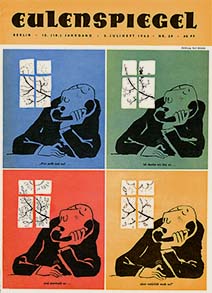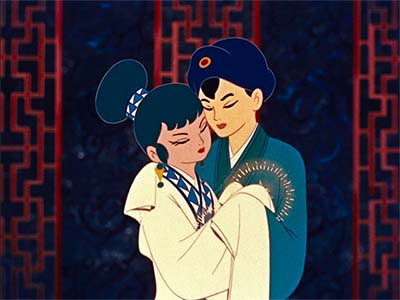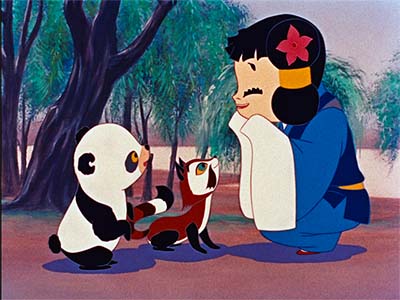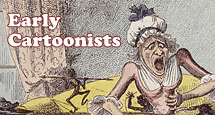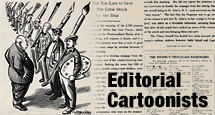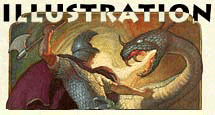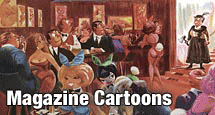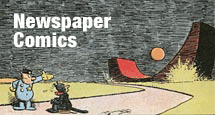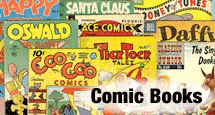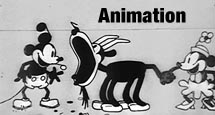People who aren’t members of Animation Resources don’t understand how comprehensive our Reference Packs are. If you are a member of Animation Resources, click on this post to go to the Members Only page. If you aren’t a member yet, today is the perfect time to join! Our current Reference Pack is one of our best yet, and General and Student Members get access to a special Bonus Archive with even more material from past Reference Packs.
What are you waiting for?![]()
JOIN TODAY!
https://animationresources.org/membership/levels/

Every other month, Animation Resources shares a new Reference Pack with its members. They consist of an e-book packed with high resolution scans and video downloads set up for still frame study. Make sure you download the Reference Pack before it’s updated. When it’s gone, it’s gone!
JOIN TODAY To Access Members Only Content
PDF E-BOOK:
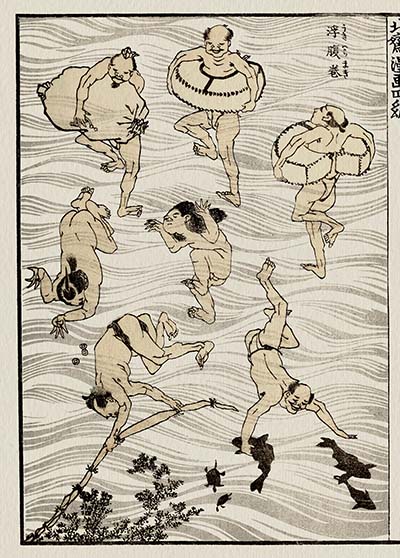
Hokusai Manga Volume 4
![]()
Katsushika Hokusai / 1814
Download this article
Katsushika Hokusai was arguably the greatest artist Japan ever produced. Best known for his monumental set of woodblock prints titled Thirty-Six Views of Mount Fuji, his career spanned more than 75 years, and in his lifetime he produced more than 30,000 paintings, sketches and woodblock prints. Japan was closed to the Western world while Hokusai was living and working, but it didn’t take long after Japan’s borders were opened to the world for his fame spread to the West. He is now regarded as one of the greatest artists in the entire history of art.
Hokusai was born in 1760, the son of a mirror maker. At the age of six he joined his father painting decorations around mirror frames. When he was twelve, his father sent him to work at a bookseller, where he was surrounded by books full of beautiful woodblock prints. This inspired him to apprentice with a woodblock carver, which eventually led him to joining the studio of Katsukawa Shunsho, a prominent artist who designed woodblock prints. He worked in Shunsho’s studio and studied under him for over a decade.
Today we think of woodblock prints as fine art. That’s a logical expectation, since the style derived from Chinese fine art painting. But at this time in the history of Japan, woodblock prints were considered to be disposable pop culture. Known as “ukiyo-e”, which translates to “floating world”, the prints depicted popular courtesans and kabuki actors, who were much like the movie stars and pop idols of our time. One series of prints even featured the prettiest waitresses at Edo restaurants. The customers for these prints were citizens of the merchant class, low ranking shopkeepers and dealers who had begun to accumulate wealth and were eager to spend it on “wine, women and song”. The term ukiyo-e started off as a joke. The phrase itself sounded like a Buddhist term meaning “the world of sorrow and grief”. But the “floating world” was actually a nickname for Edo’s red-light district, which was surrounded by canals that made it appear to be floating on water.
Ukiyo-e prints were mass produced in much the same manner… A publisher would commission an artist to create a painting. Then a skilled carver would translate that painting into hand carved printing blocks. A printer would ink the blocks and transfer the image to paper using pressure. There were specialists in each area. Usually the artist had no contact with the people carving and printing his images. However, Hokusai’s experience as a woodcarver’s apprentice gave him an edge; and throughout his career, he kept close tabs on how the prints he designed were being printed.
Hokusai’s master, Shunsho died in 1793. This prompted Hokusai to began searching for a style of his own. He ran across some Dutch and French copper engravings and began to experiment applying Western techniques and perspective to the principles he had learned from Shunsho. At this time, he also took studies at the Kano school, which was a rival to the one he belonged to. This enraged Shunsho’s main follower Shunko, who expelled Hokusai from the group of artists at the studio. Instead of discouraging Hokusai, this gave him added energy. He said of the event, “What really motivated the development of my artistic style was the embarrassment I suffered at Shunko’s hands.”
Hokusai’s subjects began to expand beyond portraits of kabuki actors and geisha. He created illustrated humor books, fantasy novels, erotic art and scenes of everyday life. With Famous Sights Of The Eastern Capital and Eight Views of Edo he explored landscape painting. Hokusai’s draftsmanship was well respected, and his fame grew exponentially over the next few years… but it didn’t go to his head. He always maintained a sense of humor about himself. At a festival he painted a huge portrait of a Buddhist monk named Daruma with brooms and buckets of paint. And at another, he painted a blue curve on a piece of paper, dipped a chicken’s feet in red paint, and had it run across the picture. He then presented the image to the presiding shogun as a landscape of the Tatsua river with red maple leaves floating in it. The unusual painting won first prize in the competition.
Hokusai’s fame attracted talented young artists, eager to study under him. He took on 50 pupils over the years. In 1812, he found himself in need of some quick money, and decided to publish an art manual called Quick Lessons In Simplified Drawing. The book was surprisingly successful, so the following year, he published the first volume of a series of sketchbooks known as Hokusai Manga. At that time, the word “manga” meant “random drawings” and that is exactly what his first volume consisted of… scenes of everyday life, animals, plants, landscapes, rendering experiments… the book contained very little text, just lots and lots of amazing drawings.
In our internet age, it might not be obvious what the purpose of this kind of book would be. If we want reference for what an ox looks like, or how to group leaves on a bush naturally, we just type a search term into Google and we are presented with dozens of options. But in the early 19th century, reference like this was not as easy to come by. Hokusai would go out into the world and draw everything he saw in his sketchbook. He would study the way people interact and move, the anatomy of a goose, how forms overlap on hills and mountains, and the groupings of buildings in a village. These studies would be arranged into books he would refer to when designing a woodblock print that required these sorts of elements. The sketchbooks would then be shared with students as a “copy book” so they could duplicate his sketches to learn from the master by recreating the way he constructed his drawings. The first volume of Hokusai Manga, titled “Brush Gone Wild” was published in 1814 to great success. In subsequent years, he published 13 volumes in total, with his students adding two more to the set after his death.
The importance of these little sketch books can’t be overestimated. In 1831, lithographs made from the pages of Hokusai Manga were published in Germany, and in 1854 when Commodore Matthew Perry opened communication with Japan to the West, importers struggled to fill the demand for the books in European capitals. Even though there were huge cultural differences, and Japan remained a mystery to Westerners, Hokusai’s artistic importance was immediately recognized for its vitality, innovative compositions, naturalism and draftsmanship.
The volunteers of Animation Resources have taken great pains to insure that Hokusai’s genius is not undermined by poor reproduction. Hundreds of hours of careful digital restoration has gone into this e-book to create the ultimate version of Hokusai’s masterwork. If you would like us to share more volumes from this set with you, let us know.
PDF / 74 Pages / 163 MB Download
JOIN TODAY To Access Members Only Content
Hoppity Goes To Town
![]()
Dave Fleischer / Fleischer Studios / 1941
Dave Fleischer’s second animated feature Mr. Bug Goes To Town was a difficult production. The Miami based Fleischer Studio had finally hit its stride, but Dave Fleischer, the creative supervisor was not on speaking terms with his brother Max over a personal disagreement, and Paramount was using their feud to tighten the noose around the problematic brothers’ necks. Dave Fleischer resigned shortly before the film’s release, saying he found it impossible to work with his brother any longer.
The film was previewed two days before the attack on Pearl Harbor, and promotion for the film was cancelled upon news of the attack, effectively tanking hope for any kind of success at the box office. Mr. Bug’s release was delayed a month, and when it was finally released to theaters, it ran for only a week on a double bill before being pulled. Paramount yanked the rug out from under the Fleischers, calling in debts and taking over the studio, reorganizing it as Famous Studios and relocating production back to New York. Mr. Bug was re-released after the war under the title Hoppity Goes To Town, but it flopped at the box office again, and was sold to television as part of the NTA library. It was released on Laserdisc and VHS by Republic Pictures in 1989, but never came out on DVD in the United States, and remains out of print to this day.
Despite this string of bad luck, the film stands as one of the crowning achievements of the Fleischer Studios, and is a model of what a non-Disney animated feature could be. Both Ralph Bakshi and Hayao Miyazaki have praised the film for the same reason. They consider it to be as Miyazaki put it, “the best example of a cartoon movie”.
I had the opportunity to speak with Bakshi about the film, and he spoke of the directness of the animation. He pointed out how the motion in the film is clear and not cluttered up with unnecessary details and distracting layering. In Disney films, the animators would go over each scene in passes, adding overlapping action- details reacting against the core motion, acting like dingle balls on the edge of a sombrero. They would also add secondary action, where a character would be doing something else while performing, like Doc wiping off his glasses, or Captain Hook playing the harpsichord as he speaks to Tinkerbell. But in Mr. Bug the action occurs sequentially one at a time, not overlapping, with a focus on putting across the emotion or movement in the clearest and most expressive way possible. Bakshi described this approach as getting to the guts of a scene… no lily-gilding or multi-layered polishing, just presenting the main point of the scene with maximum impact.
Mr. Bug also finds the perfect way to integrate realistic characters with cartoony ones. In Disney films, there is often a jarring contrast between characters like Tiger Lilly and her father the Indian Chief. It’s odd to see realistic proportions next to a cartoony character with a mouth large enough to swallow up the entire realistic one. Fleischer was guilty of this too. In Gulliver’s Travels, the prince appears to be an entirely different species than his father, the King. But Mr. Bug uses the technique of rotoscoping to divide the world of the human population of New York City from the world of the tiny insects. The difference in scale takes the curse off the strangeness and the contrast in style accentuates the difference between the two worlds that exist side by side.
There are plenty of technical effects to admire as well. The use of 3D sets in the opening titles is fantastic, and the dry brush effects when Hoppity is electrocuted in the nightclub are gorgeous. The backgrounds are excellent examples of balancing detail and color for effect, without feeling overworked. Layout artist Lars Bourne’s beautiful compositions frame the action perfectly, and the focus on cartooniness draws you into the picture- you never get pulled out by a fancy background or design that is complicated for complicated’s sake.
This film was scheduled for release on blu-ray recently, but it was cancelled because of ham-handed digital restoration. It appears that it won’t be released anytime soon. The copy we share with you today is far from perfect. The print is very rough around the reel changes. But it should give you plenty to study and analyze. We hope that the ability to step-frame through the scenes inspires you to focus on the guts in your own animation.
Many thanks to Advisory Board Member Steve Stanchfield for providing this rare film to our digital archive. We all owe him a debt of gratitude for his tireless work rescuing classic animated films from obscurity.
MP4 Video File / SD / 1:17:15 / 1.74 GB Download
JOIN TODAY To Access Members Only Content
For the past decade, Animation Resources has been serving artists working in the fields of animation, cartooning and illustration. Our volunteers and members have pulled together to raise the bar for our art form, and it’s time to celebrate… It’s Members Appreciation time again!
During the month of February, Animation Resources expresses our appreciation for to members with a very special Reference Pack, and we invite you to become a member too. For the next 30 days, we will be sharing reasons why you should join us. Our benefits of membership far exceed the cost of our annual dues.
This year, we are trying something new to encourage new memberships. You can join for a one week trial membership for only A DOLLAR! Yes, you get access to everything our annual members get for seven days for only a buck. (Click here for the details on our Dollar Days.) What are you waiting for?
You can find out what our members get at the Member Appreciation Page. It’s easy to join. Just click on this link and you can sign up right now online…
JOIN TODAY!
https://animationresources.org/membership/levels/
![]()
![]() Animation Resources depends on your contributions to support its projects. Even if you can’t afford to join our group right now, please click the button below to donate whatever you can afford using PayPal.
Animation Resources depends on your contributions to support its projects. Even if you can’t afford to join our group right now, please click the button below to donate whatever you can afford using PayPal.





